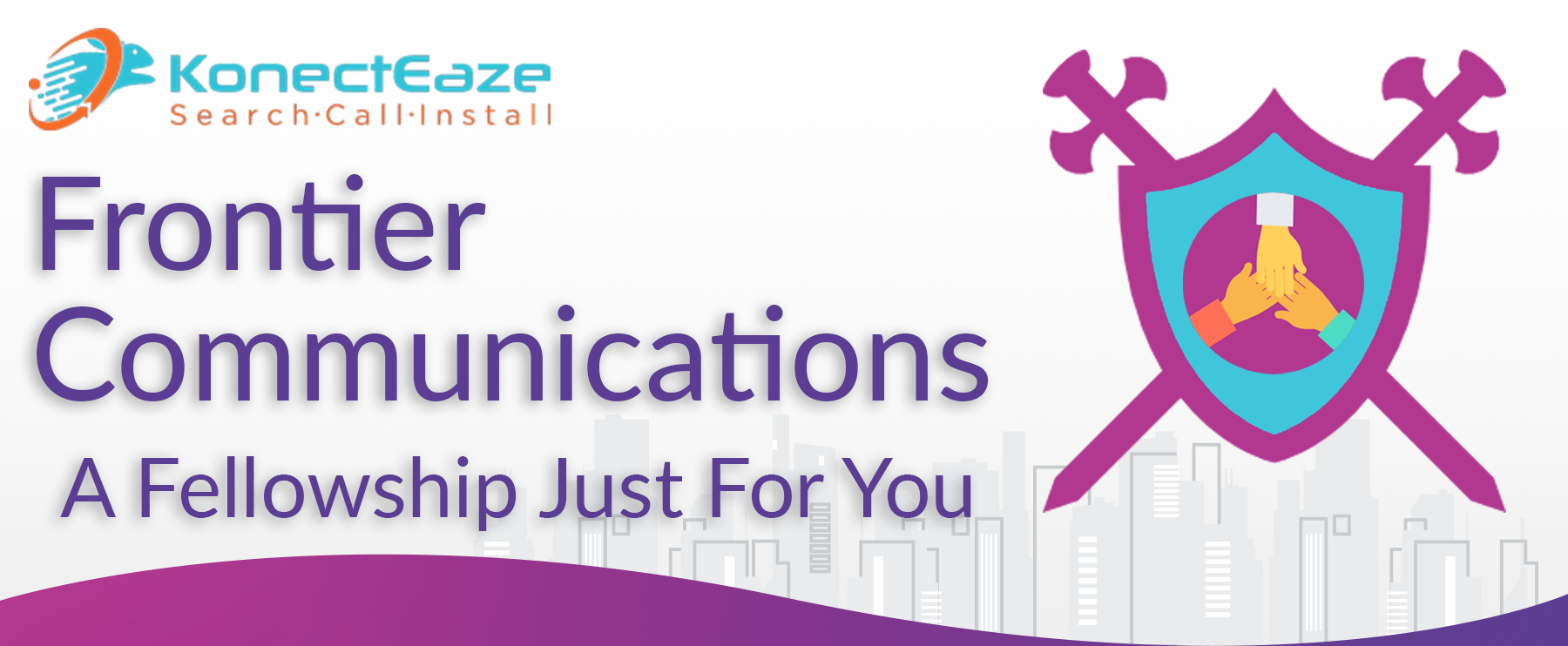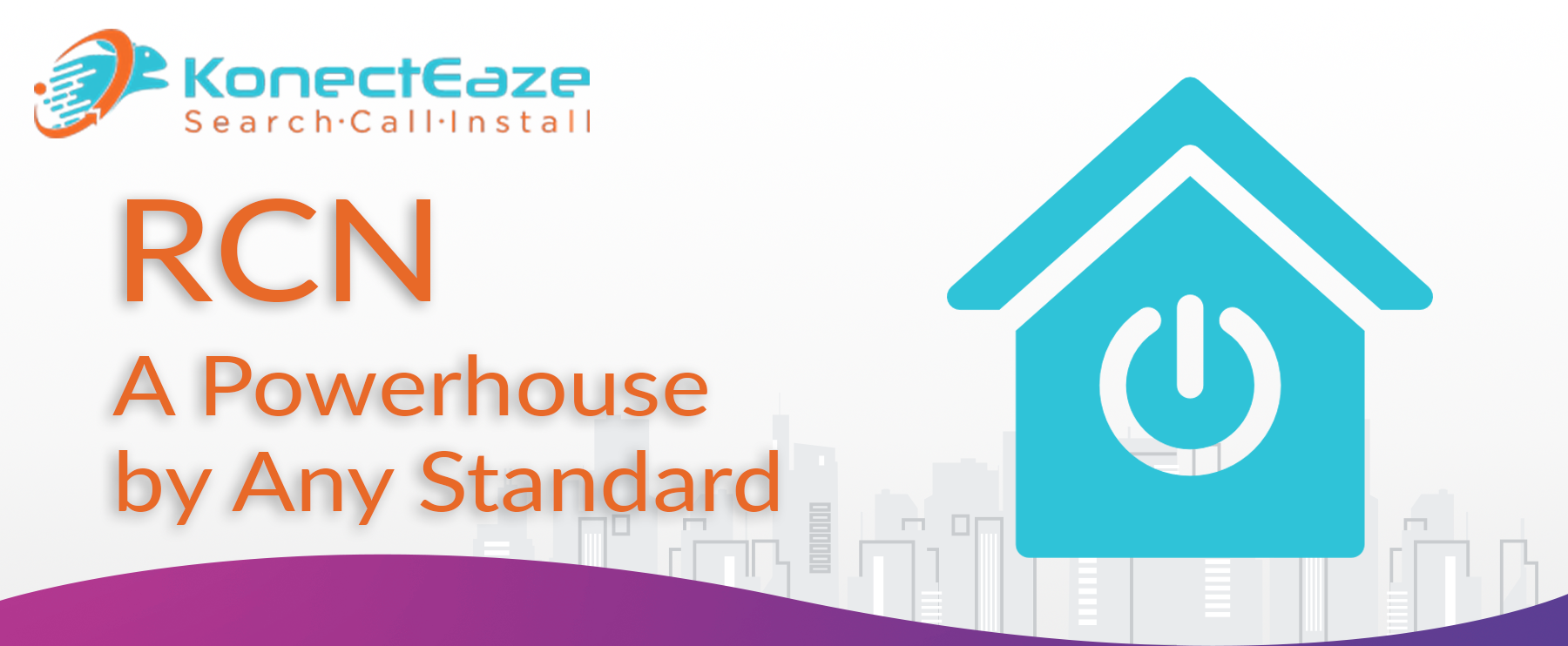Viasat: Excellence is No Trick
Introduction
Viasat, one of the largest satellite internet providers in the United States, delivers reliable internet to areas where traditional broadband isn't accessible. This makes Viasat a vital service for rural and remote locations.
Technological Advancements
Viasat is at the forefront of satellite internet technology, continually improving and launching new satellites to enhance service quality. They are also collaborating with Boeing to develop advanced satellite systems.
Government and Military Contracts
Viasat plays a crucial role in providing internet connectivity to the U.S. government and military. This includes services for remote embassies, state departments, and armed forces, ensuring secure and reliable communication for critical operations.
Coverage and Performance
Viasat provides coverage in 32,787 zip codes across all 50 states and the District of Columbia. Their average speed, as reported by the Netflix ISP Speed Index, is 0.86 Mbps, placing them among the top 75 ISPs in the nation.
Viasat Packages and Pricing
| Package | Price (per month) | Download Speed | Data Allowance | Features |
|---|---|---|---|---|
| Basic 12 | $30.00 | 12 Mbps | 40 GB | Suitable for basic internet needs |
| Liberty 50 | $50.00 | 25 Mbps | 50 GB | Enhanced speeds for multiple devices |
| Unlimited Silver | $70.00 | 50 Mbps | Unlimited | High-speed internet with no data caps |
| Unlimited Gold | $100.00 | 100 Mbps | Unlimited | Premium package with maximum speeds |
Conclusion
Viasat remains a leader in satellite internet, offering extensive coverage and continuous technological advancements. Their commitment to innovation and reliable service makes them an excellent choice for customers in underserved areas.




